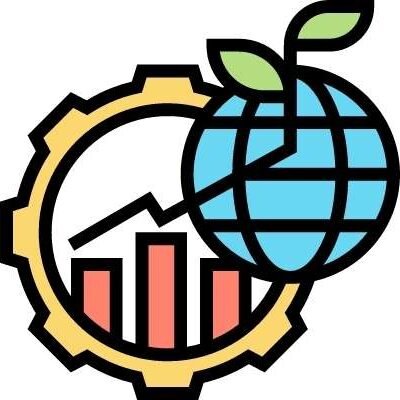| Selling | Marketing |
|---|---|
| Selling starts with the seller and the needs of the seller. | Marketing starts with the buyer and needs of the buyer. |
| Seeks to quickly convert products into cash. | Seeks to convert customer needs into products. |
| Seller is the center of the business universe. | Buyer is the center of the business universe. |
| Views business as a goods producing process. | Views business as a customer satisfying process. |
| Seller preference determines the formulation of marketing mix. | Buyer determines the shape marketing mix should take. |
| Selling is product oriented | Marketing is customer oriented |
| Sellers’ motives dominate communication | Communication dominated by benefits, satisfactions provided by the products. |
| Starting point is factory | Starting point is marketplace |
| Focus on existing products | Focus on customer needs |
| Ending – profit through volume | Ending – profit through satisfaction |
| Competition is predominantly centered on sales | Competition is centered on customer satisfaction |
| Begins after production | Begins before production |
| Comes to an end with sale | Continues after sale |
| A narrow term in terms of meaning | A comprehensive term in terms of meaning |
| Routine day to day process | Philosophy of business |
| Let the buyer be aware | Let the seller be aware |
| Fragmented approach | Integrated approach |
| Short term perspective | Long term perspective |
| Product first, then customer | Customer first, then product |
| Selling is a PUSH | Marketing creates PULL |
| Selling is a result of marketing | Marketing is a process |
| Planning is short run oriented | Planning is long run oriented |
5 Whys Method
December 21, 2023
Design Thinking Frameworks
December 21, 2023
Wicked Problems
December 21, 2023










No Comment! Be the first one.